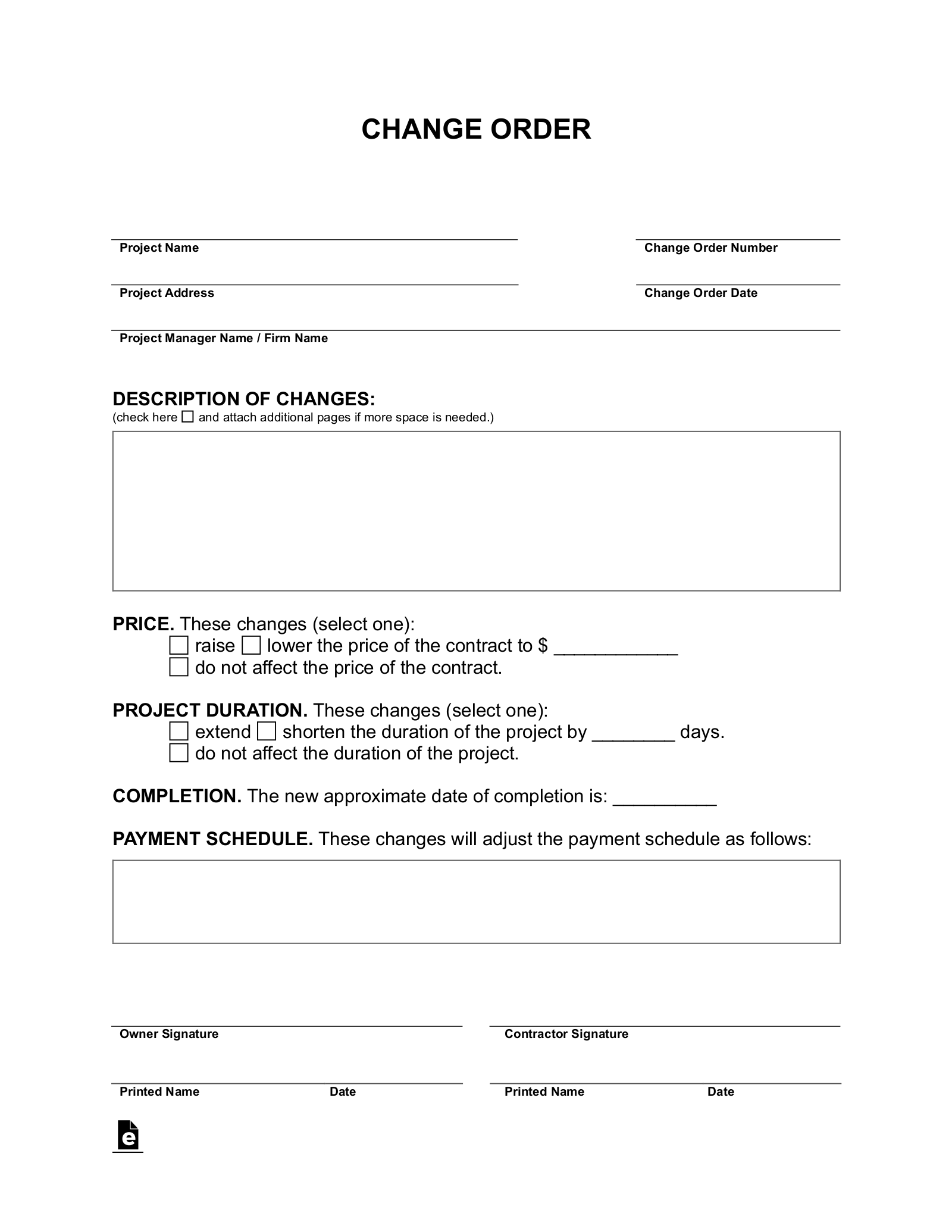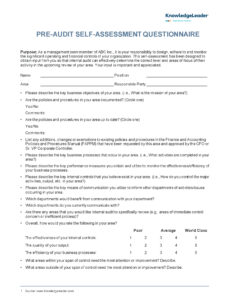Utilizing a pre-designed structure offers several advantages. It streamlines the modification process, promoting efficiency and transparency. Formal documentation minimizes the risk of miscommunication and provides a clear audit trail for all changes. This contributes to better budget control, schedule adherence, and overall project success. Standardized procedures also help maintain professional relationships between clients and service providers by providing a clear framework for addressing necessary adjustments.

This article will further explore the key components of these forms, best practices for their implementation, and examples of their effective use in various project scenarios. It will also discuss common challenges encountered during the change management process and strategies for mitigating them.
Key Components of a Change Order Request Form
Effective management of project modifications requires a structured approach. A well-designed form ensures clarity, accountability, and minimizes potential disputes. The following components are crucial for a comprehensive document:
1: Project Identification: Clear identification of the project, including the project name, number, and relevant contract information is essential for proper tracking and association.
2: Change Order Number: Unique sequential numbering allows for easy tracking and referencing of all change orders within a project.
3: Request Date: Documentation of the date the change was requested provides a chronological record of the modification process.
4: Description of Change: A detailed and unambiguous explanation of the proposed modification, including the reasons for the change, is crucial.
5: Impact on Project Schedule: Any anticipated effects on the project timeline, including potential delays or acceleration, must be clearly outlined.
6: Impact on Project Budget: A precise breakdown of cost implications, including additional expenses or potential savings, needs to be provided.
7: Justification for Change: A rationale supporting the necessity of the change, including relevant documentation or evidence, strengthens the request.
8: Approvals: Designated spaces for signatures from relevant stakeholders authorizing the change ensure proper governance and accountability.
These elements ensure thorough documentation and facilitate informed decision-making, minimizing the risk of misunderstandings and disputes throughout the project lifecycle. A complete and accurate form provides a clear audit trail, promoting transparency and accountability among all involved parties.
How to Create a Change Order Request Template
Developing a standardized template ensures consistency and efficiency in managing project modifications. A well-structured template facilitates clear communication and documentation, minimizing potential conflicts and contributing to successful project outcomes. The following steps outline the process of creating a comprehensive template.
1: Define Project Information Fields: Incorporate fields to capture essential project details, such as project name, number, and associated contract information. This ensures clear identification and linkage to the relevant project.
2: Establish Change Order Numbering: Implement a system for assigning unique sequential numbers to each change order. This facilitates tracking and referencing throughout the project lifecycle.
3: Include Date Fields: Incorporate fields for the request date and other relevant dates, such as effective date and approval date. This provides a chronological record of the change process.
4: Specify Change Description Section: Designate a dedicated area for a detailed description of the proposed modification. This should include the reasons for the change and its specific impact on deliverables.
5: Incorporate Schedule Impact Assessment: Include sections for outlining the anticipated impact on the project timeline. This should detail potential delays or schedule adjustments resulting from the change.
6: Detail Budgetary Impact Assessment: Provide sections for specifying the cost implications of the change. This should include a breakdown of additional expenses or potential cost savings.
7: Include Justification and Supporting Documentation: Designate an area for providing a rationale for the change, supported by relevant documentation or evidence. This reinforces the validity of the request.
8: Designate Approval Sections: Incorporate designated spaces for signatures from relevant stakeholders. This ensures appropriate authorization and accountability for the requested changes.
A comprehensive template incorporating these elements provides a structured framework for managing project changes. This structured approach contributes to efficient communication, accurate documentation, and effective management of project modifications, ultimately supporting successful project delivery.
Standardized forms for requesting project modifications are crucial for effective project management. They provide a structured framework for documenting changes, ensuring clear communication among stakeholders, and minimizing potential disputes. Key components such as detailed descriptions, impact assessments, and approval sections contribute to thorough documentation and informed decision-making. Developing and implementing a well-designed template streamlines the change management process, enhancing transparency and accountability.
Effective change management requires not only robust tools but also a commitment to clear communication and collaborative problem-solving. Organizations that prioritize these practices are better positioned to navigate project complexities, maintain positive stakeholder relationships, and ultimately achieve successful project outcomes. Proactive planning and consistent application of change management procedures contribute significantly to project success and organizational growth.

